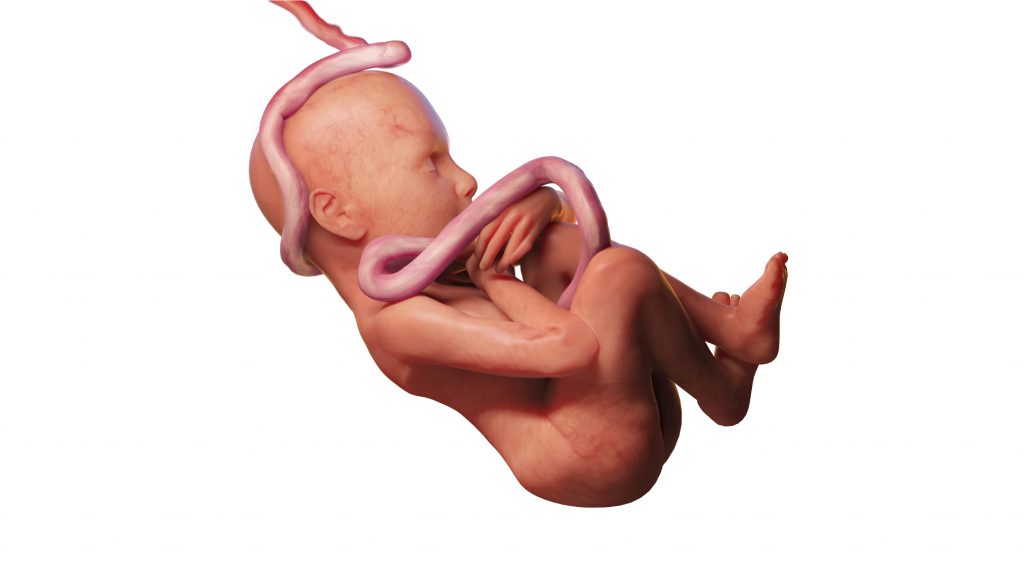Preservation of Umbilical Cord Stem Cells
Storing stem cells is considered as an investment or insurance not only in the baby’s health but also in the health of family, as they can be used for any potential health issues in the future.
Stem cells storage should be planned with the cells bank ahead of delivery .
Advantages:
It is a good decision to store umbilical cord stem cells for the following reasons:
– Perfectly matched. 100% to the baby, 1 in 4 between siblings and 1 in 16 for parent.
– Quick availability, as public banks can take months to find a match.
– Life saver for the entire family.
– Have 10 times more stem cells than those collected from bone marrow.
– Less likely to be rejected.
– Rarely carry any infectious diseases.
The umbilical cord blood and tissues are loaded with stem cells. These stem cells can be used in treating many diseases due to their ability to convent to red cells, white cells and platelets, such as:
– Leukemia.
– Anemia.
– Sickle cells anemia.
– Thalassemia.
– Bone marrow cancers.
– Blood cancers.
– Lymphomas.
– Krabbe disease.
– SCID.
– Hurler’s syndrome.
How the cells are collected?
After birth and cutting the umbilical cord, the doctor will collect at least 40 ml of blood from the cord by a needle, then sent in a sealed bag to stem cells bank to be checked and then stored.
For the cord tissues, the blood is removed from the umbilical cord, then the doctor will cut a segment of the tissue, clean it, and place it in a collection cup.
The cost:
Storing stem cells cost starts from 15,000 SR depending on the total period of storage. (They can be kept for decades).
Stem cells future:
Researchers are studying the effects of stem cells in treating other diseases like:
– Alzheimer.
– AIDS.
– Spinal cord injury.
– Parkinson’s disease.
– Brain injury.
– Cerebral palsy
– Type 1 diabetes.
– Autism.
– Liver Cirrhosis.
– Multiple Sclerosis.



